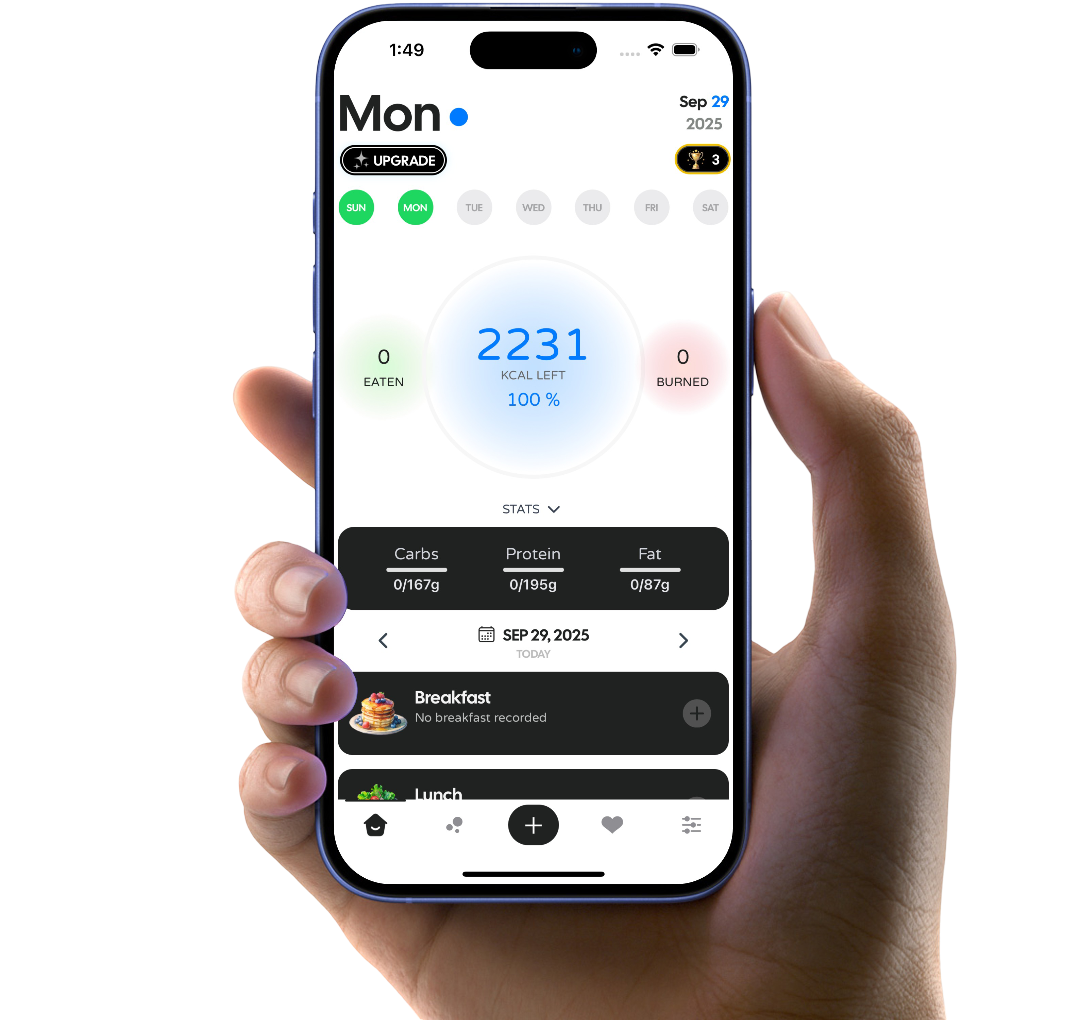Introduction
The Due Date Calculator is a valuable tool designed to estimate the expected delivery date of a baby, also known as the estimated date of confinement. While only about 4% of babies are born on their exact due date, this tool provides a helpful reference point for expecting parents. Due dates can be calculated using various methods, including the last menstrual period (LMP), ultrasound measurements, conception date, or in vitro fertilization (IVF) transfer date. Each method has its own nuances, and understanding these differences can help you better interpret your estimated due date.
Estimation of Due Date
The due date is an estimation of when a pregnant woman will deliver her baby. It is important to consider a range of possible due dates rather than focusing solely on a single date, as most babies are born between 37 and 42 weeks of gestation. This range accounts for variations in pregnancy duration and helps doctors determine whether any medical intervention is necessary. Babies born within this timeframe are categorized as early term (37-39 weeks), full-term (39-41 weeks), or late-term (41-42 weeks). Preterm births occur before 37 weeks, while postterm births happen after 42 weeks.
Methods for Estimating Due Date
There are several methods used to estimate the due date, each with its own approach and level of accuracy:
- Last Menstrual Period (LMP): This method calculates the due date based on the first day of the woman's last menstrual period, assuming a standard 28-day cycle and a gestational age of 40 weeks. However, it does not account for irregular cycles or variations in ovulation timing.
- Ultrasound: Ultrasound uses sound waves to assess fetal growth and compare it to global averages. This method is particularly useful early in pregnancy and is considered highly accurate.
- Conception Date: Similar to LMP, this method estimates the due date based on the date of conception, which typically occurs about two weeks after the start of the last menstrual period.
- In Vitro Fertilization (IVF): For pregnancies achieved through IVF, the due date is often more precise because the exact embryo transfer date is known. This method considers factors such as egg retrieval, insemination, and the stage of embryo development during transfer.
Importance of Due Date as a Reference Point
The due date serves as a critical reference point for healthcare providers to monitor the progress of pregnancy and ensure the health of both mother and baby. If labor begins too early, such as at 33 weeks, doctors may intervene to prevent complications associated with preterm birth. On the other hand, if pregnancy extends beyond 42 weeks, there is a risk that the placenta may no longer adequately support the growing baby, potentially leading to complications. In such cases, labor may be induced to safeguard the well-being of the mother and child.
Limitations and Considerations
While the Due Date Calculator provides a useful estimate, it is not infallible. Factors such as irregular menstrual cycles, variations in ovulation timing, and individual differences in fetal growth can affect the accuracy of the calculation. Additionally, the calculator assumes a standard 28-day cycle, which may not apply to all women. Therefore, it is essential to consult with your healthcare provider for a more personalized assessment and to confirm the due date through methods like ultrasound or other diagnostic tools.
The Due Date Calculator is a practical tool that offers an initial estimate of when your baby might arrive. By considering various methods such as LMP, ultrasound, conception date, and IVF details, you can gain a clearer picture of your pregnancy timeline. However, it is crucial to remember that the due date is just an estimation, and every pregnancy is unique. Regular check-ups with your healthcare provider will ensure that you receive accurate information and guidance throughout your journey to parenthood.






